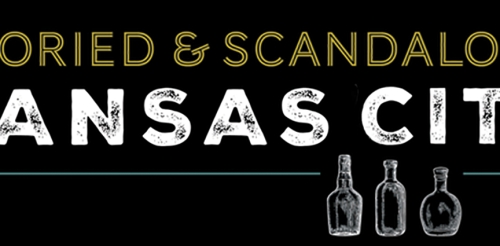As German air forces decimated Allied airfields and bases at the outset of World War II, President Franklin Roosevelt pushed to expand U.S. capability in the skies. A 1940 appropriation bill increased annual aircraft production from just under 6,000 to 50,000, allowing the Army Air Corps to build bomber assembly plants in Nebraska, Oklahoma, Texas, and Kansas.
The Fairfax District in Kansas City, Kansas, was the assembly site for the B-25 Mitchell Bomber, manufactured by North American Aviation. Historian Dan Desko details this history, from the bomber’s production at the plant to its use in the war effort – including the famous Doolittle Raid on Tokyo and other Japanese cities in April 1942. He also examines the role of engineers, assembly line workers, test pilots, and others involved in the B-25’s production.
Desko is the founder and CEO of the B-25 History Project, dedicated to preserving and honoring the history of the bomber and those who built, flew, and maintained it. He is widely recognized as a leading expert on the B-25 and the North American Aviation plant, where his grandparents worked during the war.
The program coincides with the exhibition ‘Nearest by Air to Everywhere’: A Tour of Kansas City’s Aviation History on the fifth floor of the Central Library.


